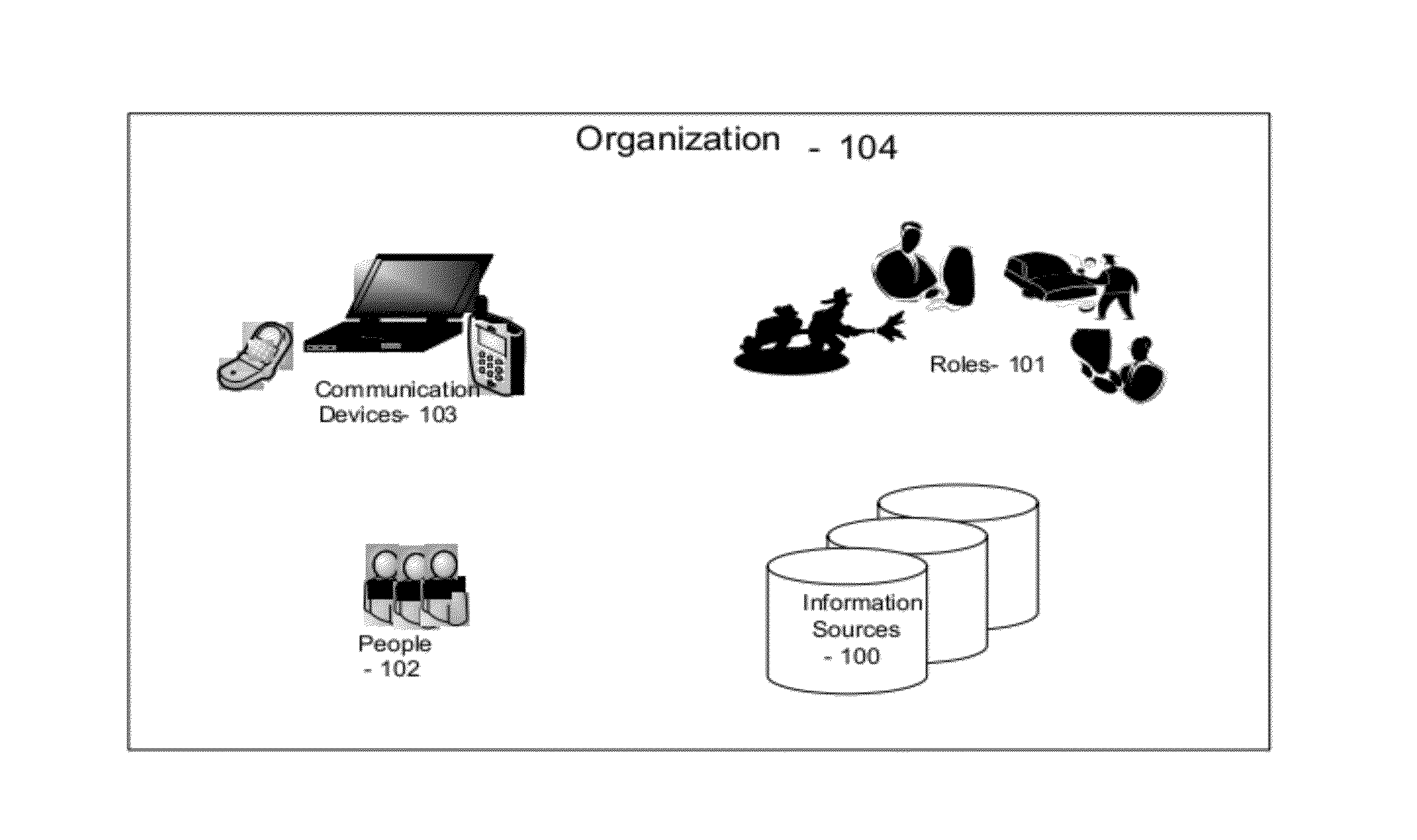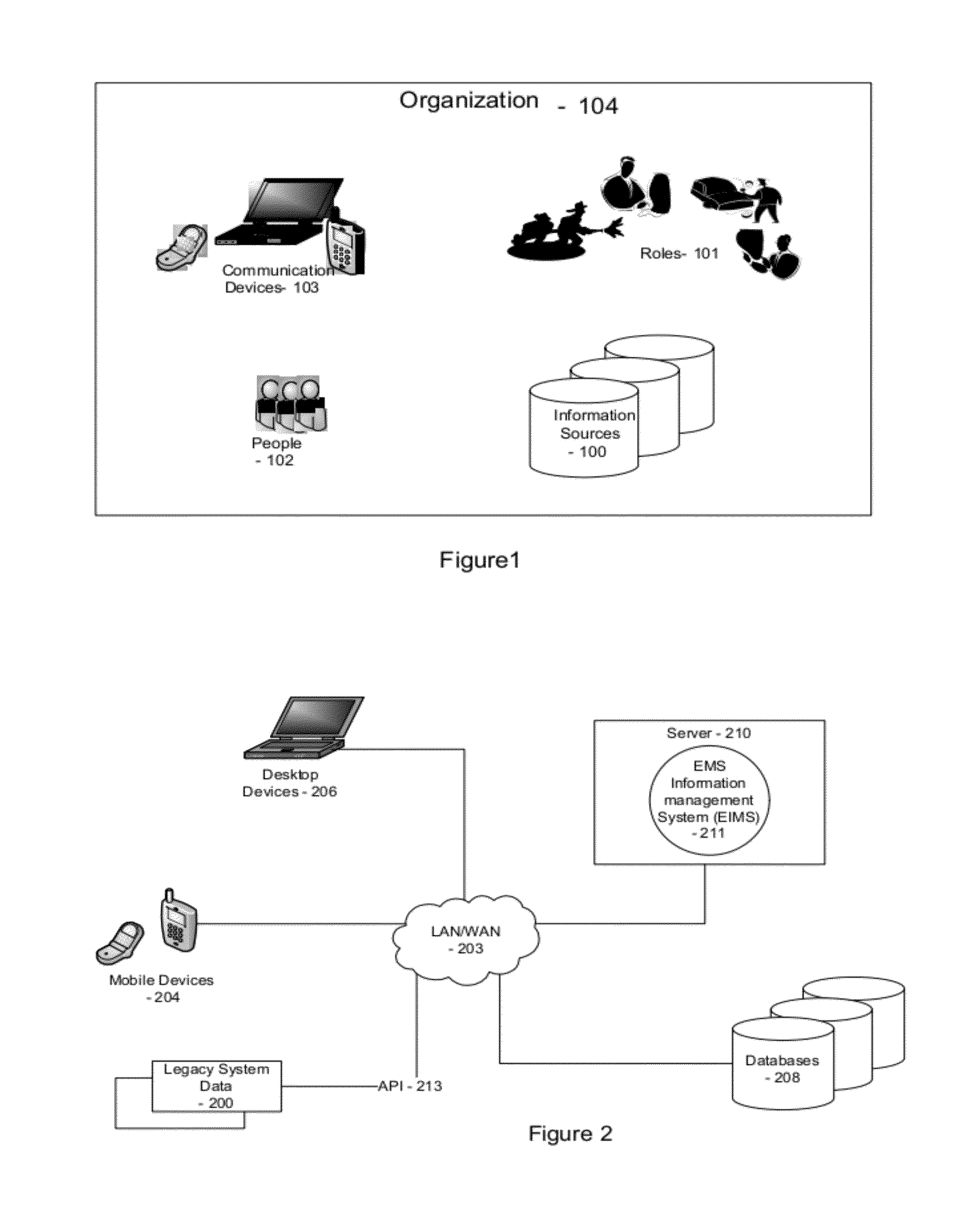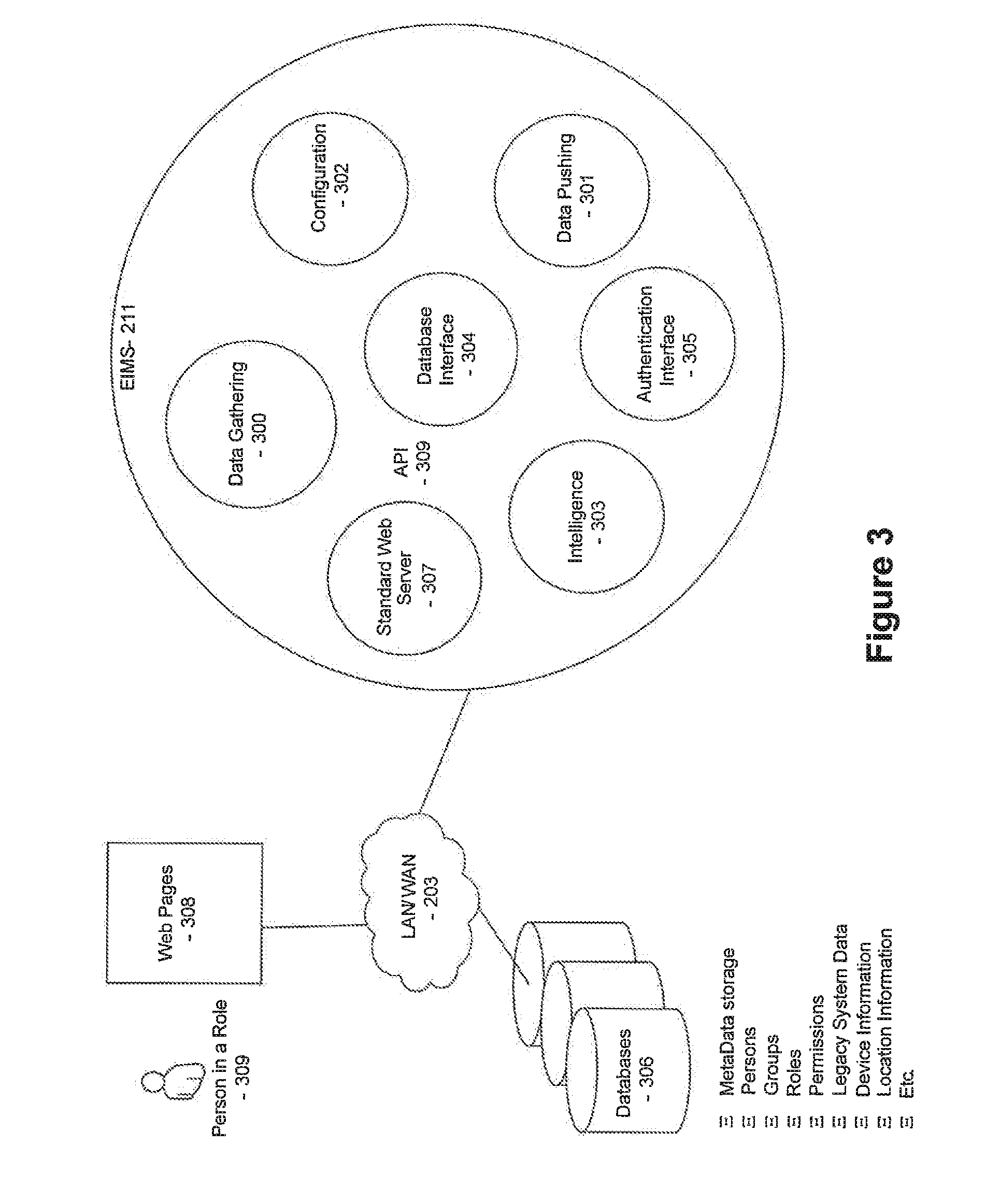Police officers increasingly have to search through complex and extensive information and
knowledge sources.
A large amount of manual and cognitive effort is required to query all the relevant data sources, each with a different
search interface, or to read the paper-based reports and glean the correct and
relevant information from them.
When an officer is given information, they are responsible to act on it or not, which can lead to misconduct.
Zipping up this information and shipping it off to some forgotten archive is not an option, especially when considering that case activity is constantly in flux.
It takes full time personnel and large / expensive meetings devoted to creating actionable information with no good way to disseminate it.
Intelligence data often resides across multiple locations, making retrieval and analysis even more cumbersome.
Combined with the fact that technology can generate information much faster than people can process it, this means that people often find themselves unable to cope with an increasing amount of information.
These factors (and others) result in a large volume of information for managers to deal with.
The highly structured organization tends to generate highly structured and often large amounts of information.
Time pressure, frequent deadlines, complex tasks, high uncertainty, unpredictable events and important decision consequences also contribute towards information load.
The analysis of large amounts of historical data prior to taking action inherently involves considerable latency.
Among the problems experienced by emergency workers are the following:Too much informationLack ability to present information relevant to each workers needs to their current contextInformation and knowledge managementIntegration of multiple systems, each having different functionalities and ontology's and data fragmented with lack of
interoperability between systems, internal groups and departmentsExpecting workers to query different distributed data sources, including both internal databases as well as external ones managed by other agencies, often using different hardware platforms,
database systems, network protocols, data schemes, ontology's and user interfacesRapid and continuing advancement of information technologiesData is sent in different ways: radio, email, dispatch, etc.Data is input into the different systems by different people in different waysThe dynamic nature of data sources; for example in police services, many cases involve long periods of investigation, and the data can be updated frequentlyPersonnel with different job functions and working at different locations can easily acquire a vast amount of knowledge about a particular topic; the ability to share knowledge in a collaborative environment by linking together people who are working on the same or similar casesNo automatic
information monitoring or
information sharing among usersHaving situational awareness, and once a worker has it for their area, there is no way to pass it onNot leveraging full power of Next Gen Mobility devicesDaily briefings are largely a manual process and are very static, there is no tracking of what is shared and no standard notation between presentersCollaboration & Communication take place over traditional channels—often inefficientNew technologies emerging that have new interfaces and provide even more information that needs to be integrated and filteredIn general, information stored or gathered is easy to report or track, but when, who, and how they accessed is not.Old
information needs to be purged.
 Login to View More
Login to View More  Login to View More
Login to View More 


